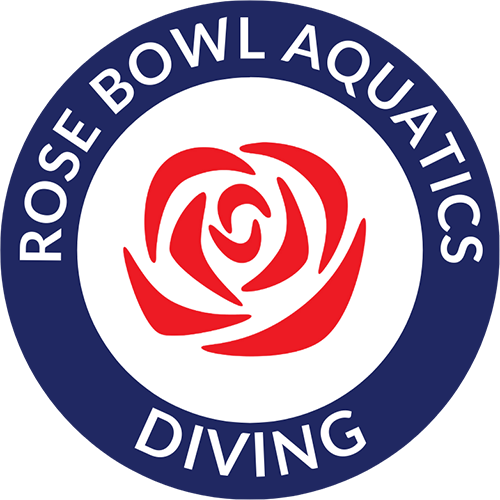
Diving 101
Springboard diving is an exciting sport that combines athleticism, grace, and precision. Divers leap from a flexible board, using it to propel themselves into the air before executing a series of twists, flips, and somersaults. The sport challenges the body and mind, requiring strength, agility, and concentration. Here are a few of the basic diving terms you should know about.
Types of Dives
Now that you know the dive position, is time to learn the type of dives and their "codes". This is the universal language that all dive coaches, judges, athletes and software's know.
There are 6 different diving categories that all divers must master:
Fronts [100's]
The diver faces forward and rotates in a forward direction.
Backs [200's]
The diver faces backward and rotates in a backward direction.
Reverses [300's]
The diver faces forward but rotates backward toward the board.
Inwards [400's]
The diver faces backward and rotates forward toward the board.
Twisters [5,000's]
The diver incorporates twisting movements while performing any of the above dives.
Handstands [600's]
Exactly how it sounds - the diver does a dive from a handstand position.
(Tower only)
Diving Positions
When executing a dive or a jump, divers are required to declare a "position" in which it will be performed. Here are the 4 different positions:
Straight [ A ]
Pike [ B ]
Straight [ C ]
Free [ D ]
How Judging Works
Judges get roughly 5 seconds to judge a dive based on some of the following items:
- Approach: Three or more steps forward to the end of the board before the hurdle and takeoff. Should be smooth but forceful, showing good form.
- Takeoff: A diver’s lift from the board prior to execution of the dive. Must show control and balance, plus the proper angle of landing and leaving for the particular dive being attempted.
- Elevation: The amount of spring or lift a diver receives from the takeoff greatly affects the appearance of the dive. Since more height means more time, a higher dive generally affords greater accuracy and smoothness of movement.
- Execution: The dive itself. Form: A judge watches for proper mechanical performance, technique, form, and grace.
- Entry: The entry into the water is significant because it’s the last thing the judge sees. Judges favor a graceful, vertical entry along with a minimal amount of splash.
How Scoring Words
If a diver performs a dive with a DD of 2.5 and the judges’ scores (after discarding the highest and lowest) average out to 7.0, the final score for that dive would be:
Final Score = (7.0 + 7.0 + 7.0) × 2.5 = 52.50
Break down = (Judg + Judg + Judg) x Degree of Difficulty = Total

Each judge scores a dive between zero and 10 points, in half-point increments.
10: Excellent
8½-9½: Very good
7-8: Good
5-6½: Satisfactory
2½-4½: Deficient
½-2: Unsatisfactory
0: Completely failed
